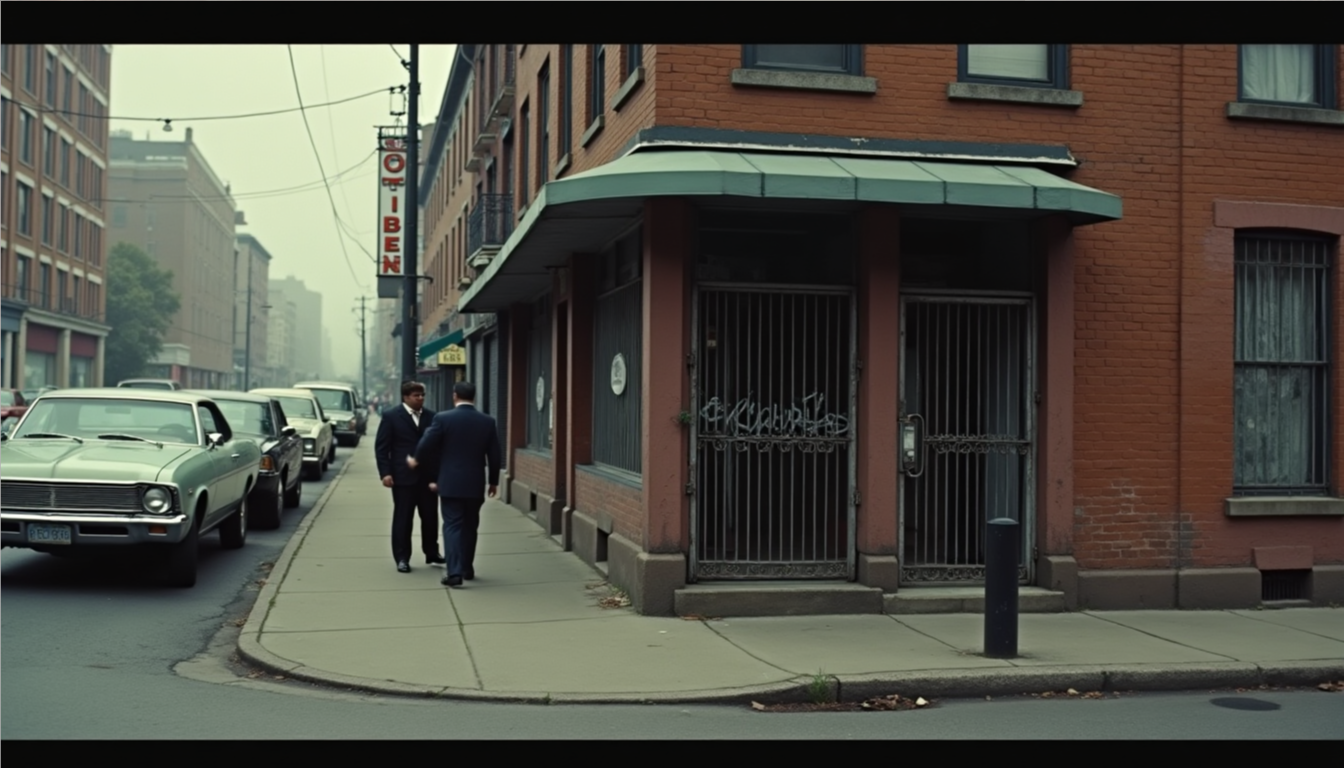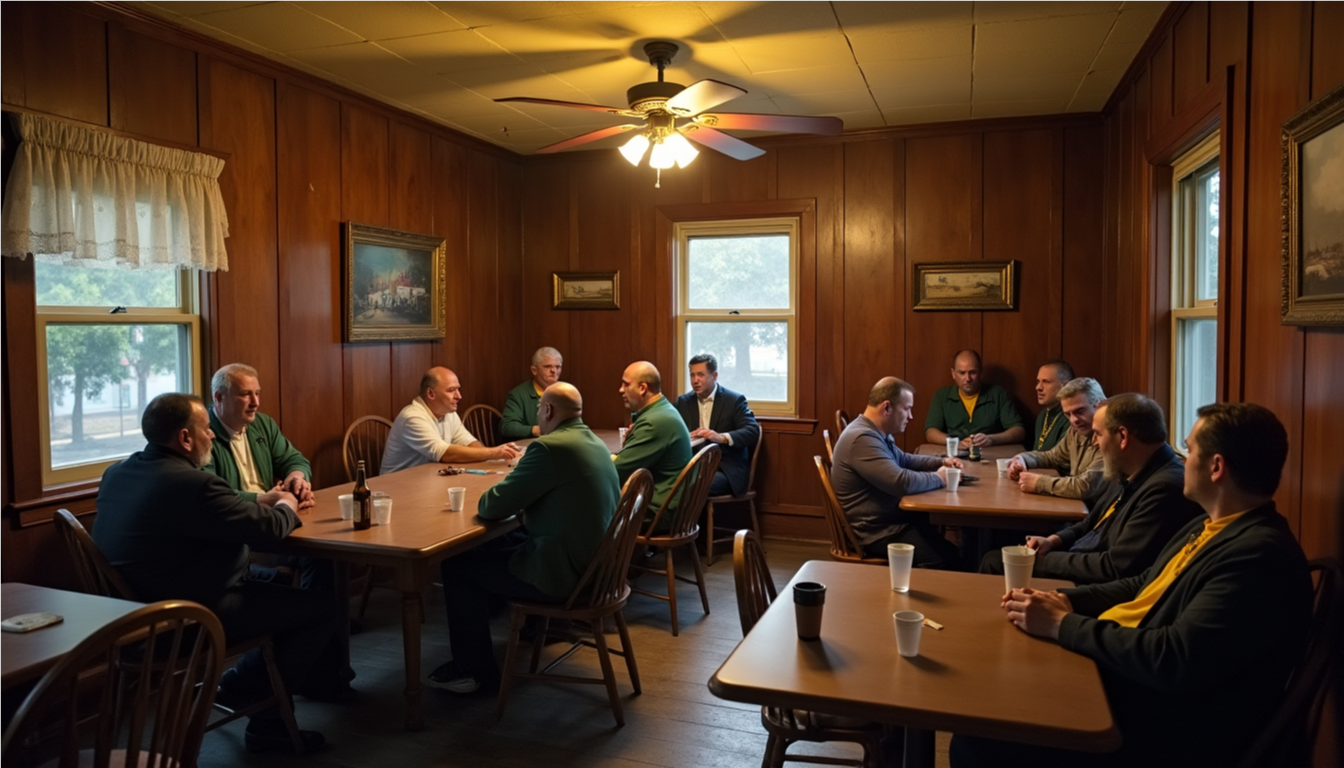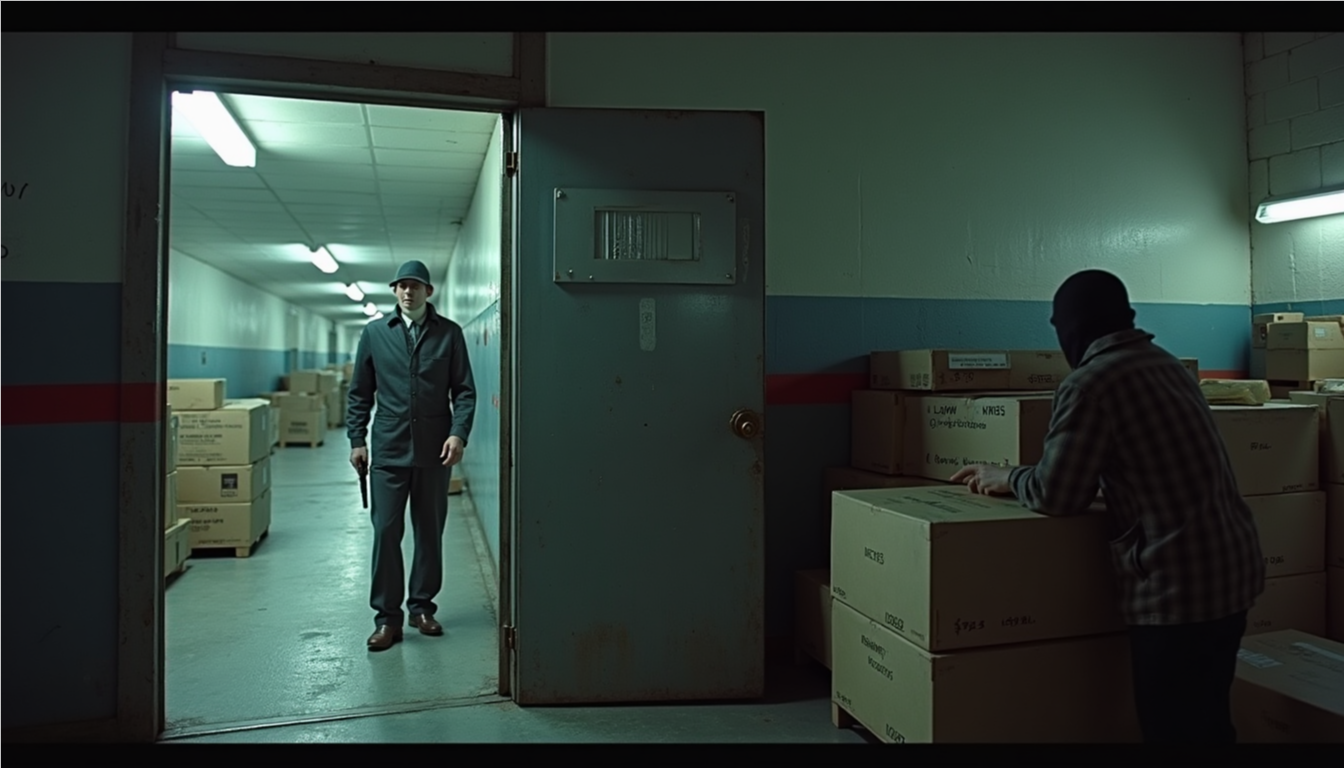Goodfellas: The Last Man Standing
Post 1: The Last Button Man
Years ago, while researching another Lucchese crime family story from the early 1980s, I stumbled on a rumor—one that refused to die. It claimed that a made man from Paul Vario’s crew had vanished with most of the jewelry from the 1978 Lufthansa Heist. Over $750,000 of the roughly $875,000 in stolen jewels never surfaced—at least not officially. From time to time, pieces would show up in private collections, pawn shops, and police seizures, usually in Florida.
For years, I brushed it off—a mob fairy tale. But every time I chased another story, I’d ask around, half-joking, half-hopeful. And the rumor grew teeth. Now, three years later, I’ve confirmed it’s true.
This series, Goodfellas: The Last Man Standing, is my investigation into the man who outlived Jimmy Burke’s bloody cleanup, the Lufthansa loot, and every cop who chased the case. It’s the story of one man who survived—and the secrets he kept hidden all these years.
The Last Button Man
The mafia had a way of making men disappear—both in life and in the pages of history books. When Paul Vario ruled his corner of Brooklyn in the 1970s, his crew was one of the most powerful in the Lucchese family. They ran rackets from hijackings at JFK Airport to loan sharking, numbers, and everything in between.
Paul Vario was the kind of capo who demanded respect but didn’t crave the spotlight. He ran his crew from a modest storefront or a social club on Avenue N. But beneath that quiet exterior was a web of violence and power that tied the streets of Brooklyn to the underworld of New York’s airports.
The Vario crew was a collection of characters—some larger than life, others almost invisible. Henry Hill, the half-Irish wiseguy turned FBI informant, would later make the crew famous in Wiseguy and Goodfellas. Jimmy Burke—known as “Jimmy the Gent”—was the crew’s moneymaker, the man who could hijack a truck full of cigarettes and turn it into cash before the driver even reported it missing. Tommy DeSimone was the wild card—violent, unpredictable, the kind of man who’d kill you for looking at him sideways.
They were the faces of a crew that ran like a well-oiled machine, each man playing his part. Some were good earners, others muscle, and others were just there to keep the machine running. But even in that world, there were men who stayed in the background—men without flashy nicknames or reputations, men who never made the history books.
And then came December 11, 1978. The Lufthansa Heist.
It was Jimmy Burke’s brainchild: a multi-million-dollar score that would put the crew on the map—and eventually put them all in the ground. In the early hours of that cold December morning, a handful of men, wearing ski masks and armed with pistols, walked into the Lufthansa cargo terminal at JFK Airport. Inside, millions of dollars in cash and jewelry sat waiting—money flown in from West Germany to pay American troops and settle corporate accounts.
They tied up the employees, took their keys, and made off with nearly $6 million in cash and jewelry—one of the largest heists in American history. The cash was easy enough to launder, but the jewelry was supposed to be broken down and sold off piece by piece over time.
For a moment, it felt like they’d pulled off the perfect crime. But the aftermath turned that triumph into a drawn-out bloodbath.
Jimmy Burke was a man with a talent for both charm and paranoia. As the months went by after the heist, that paranoia grew deadly. Loose ends. Talkers. Greedy men who couldn’t wait to flash their new wealth.
Marty Krugman, the pushy bookmaker who’d first connected Lufthansa’s inside man to the mob, was too vocal about getting his cut. One day, he was at a mob-run bar in Queens—and then he was gone. His body was never found.
Louis “Roast Beef” Cafora and his wife, Joanna, didn’t help their cause when Louis bought Joanna a custom pink Cadillac. That kind of flashy spending was exactly the sort of thing Jimmy had warned them against. When word got out that Cafora was thinking about flipping to the FBI, he and Joanna vanished too—their bodies compacted along with their car at an auto-wreck yard.
Robert “Frenchy” McMahon and Joseph “Buddha” Manri—both part of the cargo terminal stickup team—were found execution style, bullets to the back of the head, slumped in the front seat of a Buick in Brooklyn. Manri had a pending murder charge that made him a liability; Jimmy didn’t take chances.
And then there was Stacks Edwards—the guitar player turned driver who was supposed to dispose of the getaway van. Instead, Stacks got high and parked the van in front of a fire hydrant, practically gift-wrapping it for the NYPD. That mistake sealed his fate—shot dead in his apartment while still holding his guitar case.
One by one, the crew disappeared—some to shallow graves, others to rumors and dead ends. Jimmy Burke’s cleanup job left Vario’s crew looking like ghosts.
The cash from Lufthansa? Mostly gone, hidden in safe houses, or laundered through businesses that never filed tax returns. But the jewelry? That was different. Over the years, pieces started turning up in unexpected places—pawn shops, private collections, and even the occasional police seizure. Most of it popped up in Florida—far from the streets of Brooklyn, where it had been stolen.
When I first heard the rumor of a made man who’d vanished with a stash of jewelry, I didn’t give it much weight. Every mob story has its ghosts. But as I dug deeper, chasing other leads and asking the right questions, the rumor started to look more like fact.
I found old-timers—retired Lucchese guys, a few old associates, even a Bonanno man or two—who all heard about a made guy from the Vario crew. A quiet guy. He never made the movies or the books. He wasn’t flashy and wasn’t a big earner, but he was always there fixing things. Always in the background building, fixing, or creating something—maybe never taken too seriously, but he had a button, and that meant something.
This is where the rumor, at least in that part of my investigation, started to feel like a long shot. Supposedly, after the heist, Jimmy Burke handed this low-key made guy, who might have been named Tony, the jewelry to hold until the heat cooled off.
I thought to myself: Would someone like Jimmy really hand off several hundred thousand dollars in jewelry to some no-name-made guy for safekeeping? Then, almost as quickly as I doubted it, I realized—who better than a guy like that? A man probably desperate to prove himself, hoping to get in Jimmy’s good graces. A guy who wasn’t pulling in big scores but wanted to be part of the action. And a guy who, if he ever thought about crossing Jimmy, would be terrified—because he knew exactly what happened to people who crossed Jimmy Burke.
But then the killings started, and every man had his breaking point. The writing was on the wall for a guy like that: Jimmy could kill him, and no one would even blink.
Over time, the rumor of the guy who vanished with the jewelry pointed south—to Florida. A small town, a fake name, a life built on secrets.
Next Saturday, in Jimmy’s Ghosts, I’ll take you south to Florida—where pawn shops, police stations, and whispers of a name might lead me to the man who disappeared with the Lufthansa loot.





